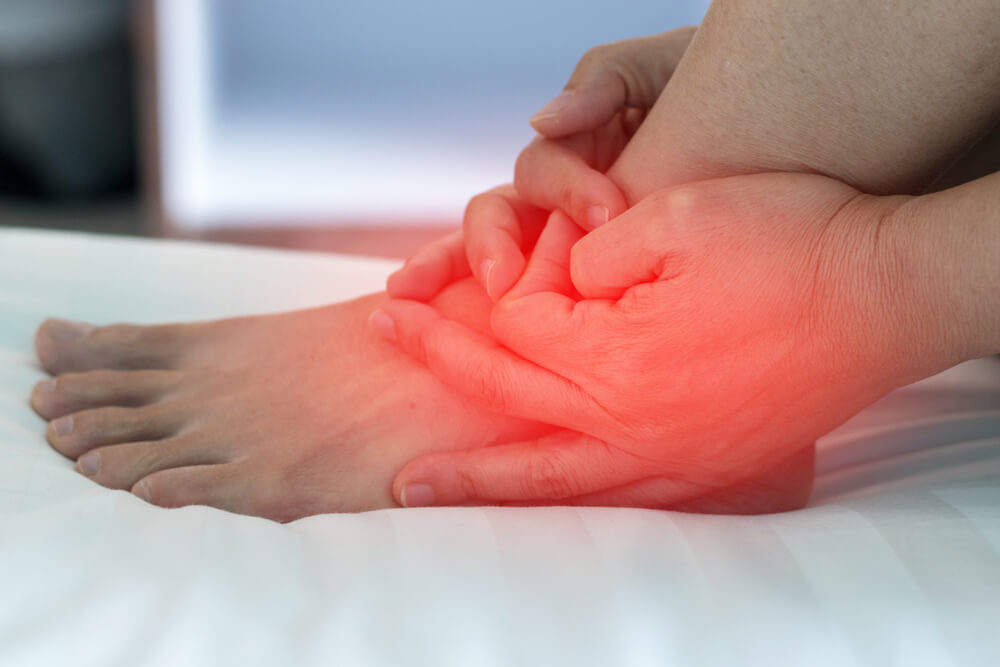DIAGNOSIS
The doctor will conduct a physical examination to check for swelling and determine if the area is painful when compressed. Some tests include:
- Radiologic testing for chronic conditions to show spur formation in the area;
- Lab tests to look for inflammation;
- Imaging tests to view the joints;
- MRI scanning to highlight the flare-up tissues; and
- A diagnostic test called ultrasonography to identify the cause of the condition.
TREATMENT
There is no specific treatment for both enthesitis and enthesopathy. However, lifestyle treatments can manage these conditions.
The doctor will prescribe non-steroidal anti-inflammatory drugs (NSAIDs) like naproxen and ibuprofen to relieve the pain and inflammation. He/she will suggest a disease-modifying antirheumatic drug (DMARD) or biologics for autoimmune arthritis. Additionally, the measurement of joints’ inflammation and pain is done through rest from activities, cold applications, and anti-inflammatory medications.
In some cases, if over-the-counter medications do not work, the doctor will suggest corticosteroid injections to lessen the inflammation. Moreover, a disease-modifying antirheumatic drug (DMARD) can also treat immune responses.
Furthermore, you will be advised to reduce your work or activity to avoid the inflammation and pain from getting worse. Also, the doctor will suggest a new exercise plan for your daily routine.
If the condition is severe, surgery is the last choice. The doctor will do a total joint replacement, which is the removal of the affected bone.


